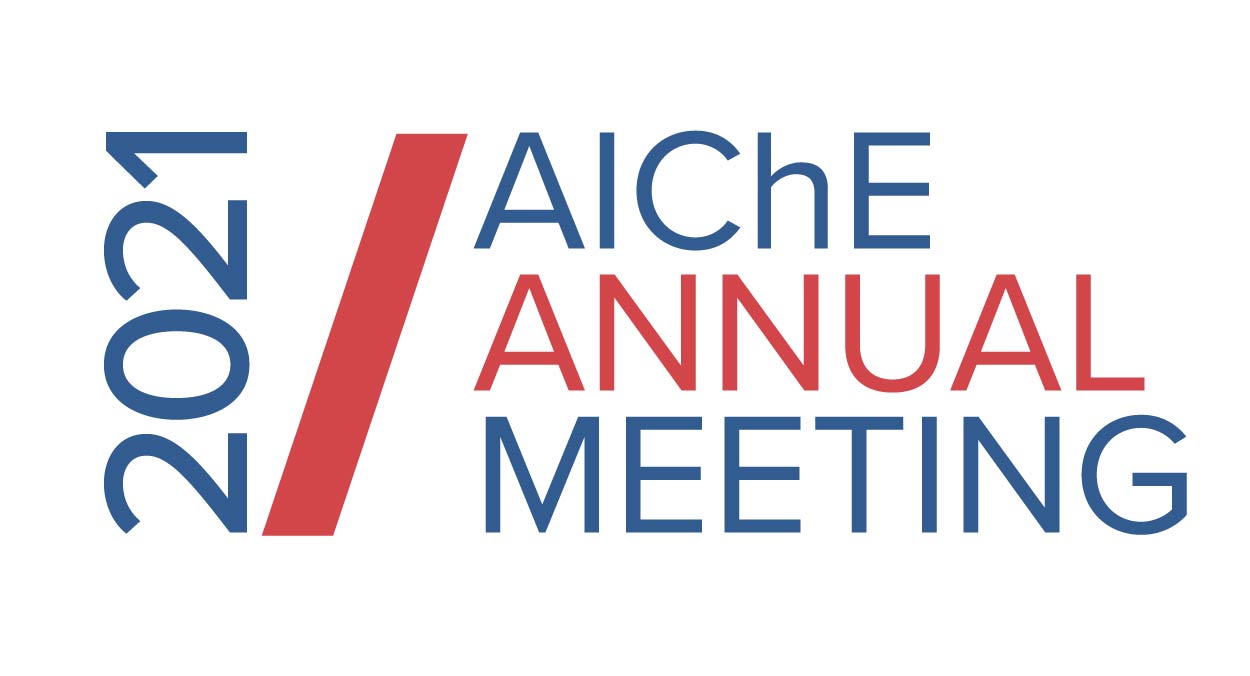

The removal of trace yet toxic contaminants, such as heavy metals or boron, from water presents an especially pressing technological challenge. Established materials and water treatment processes seldom meet the performance standards needed to efficiently isolate these pollutants for proper disposal or re-use. To address this issue, this work presents the development of a water treatment strategy we call “ion-capture electrodialysis.†In this approach, water is desalinated through an electrodialysis mechanism while targeted ions are simultaneously captured by selective adsorbents embedded in ion-exchange membranes. We employ multifunctional cation-exchange membranes dispersed with Hg2+-selective, thiol-functionalized porous aromatic frameworks (PAFs) as model adsorbents to systematically characterize this approach. A variety of characterizations such as scanning electron microscopy, dynamic light scattering, and differential scanning calorimetry demonstrate that various PAF analogs can be successfully incorporated into the polymer matrix with high dispersibility and compatibility. Adsorption studies also show that PAFs maintain rapid, selective, and high-capacity ion binding capabilities within the membrane matrix over at least 10 adsorption-desorption cycles. Furthermore, in an ion-capture electrodialysis setup, the composite membranes successfully capture Hg2+ from various Hg2+-spiked water sources while permeating all other competing cations to simultaneously enable desalination. Finally, using an array of other solute-selective PAF materials, we show that this strategy can in principle be applied generally to capture various target solutes.
Presenter(s)
Once the content has been viewed and you have attested to it, you will be able to download and print a certificate for PDH credits.
If you have already viewed this content,
please click here
to login.
